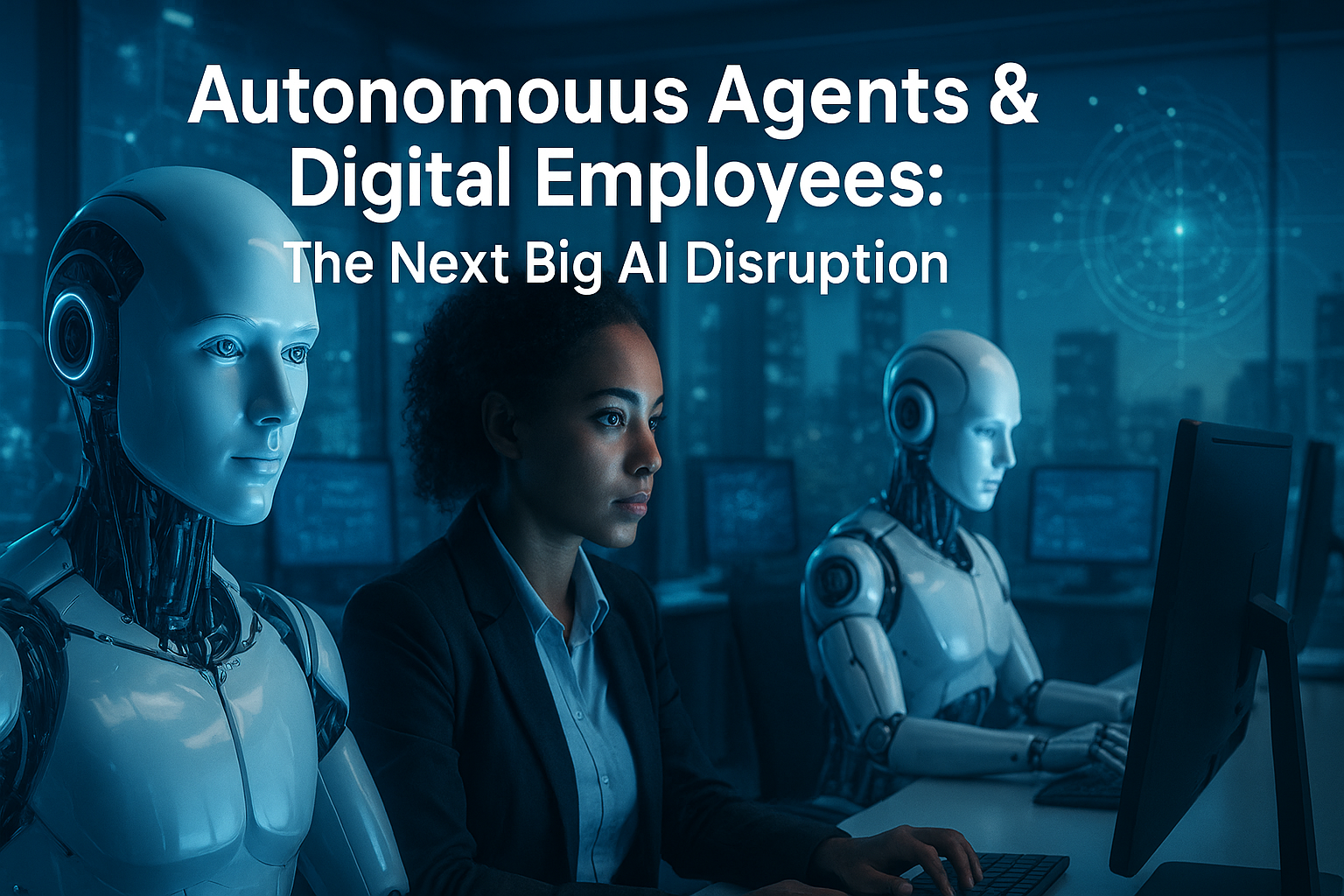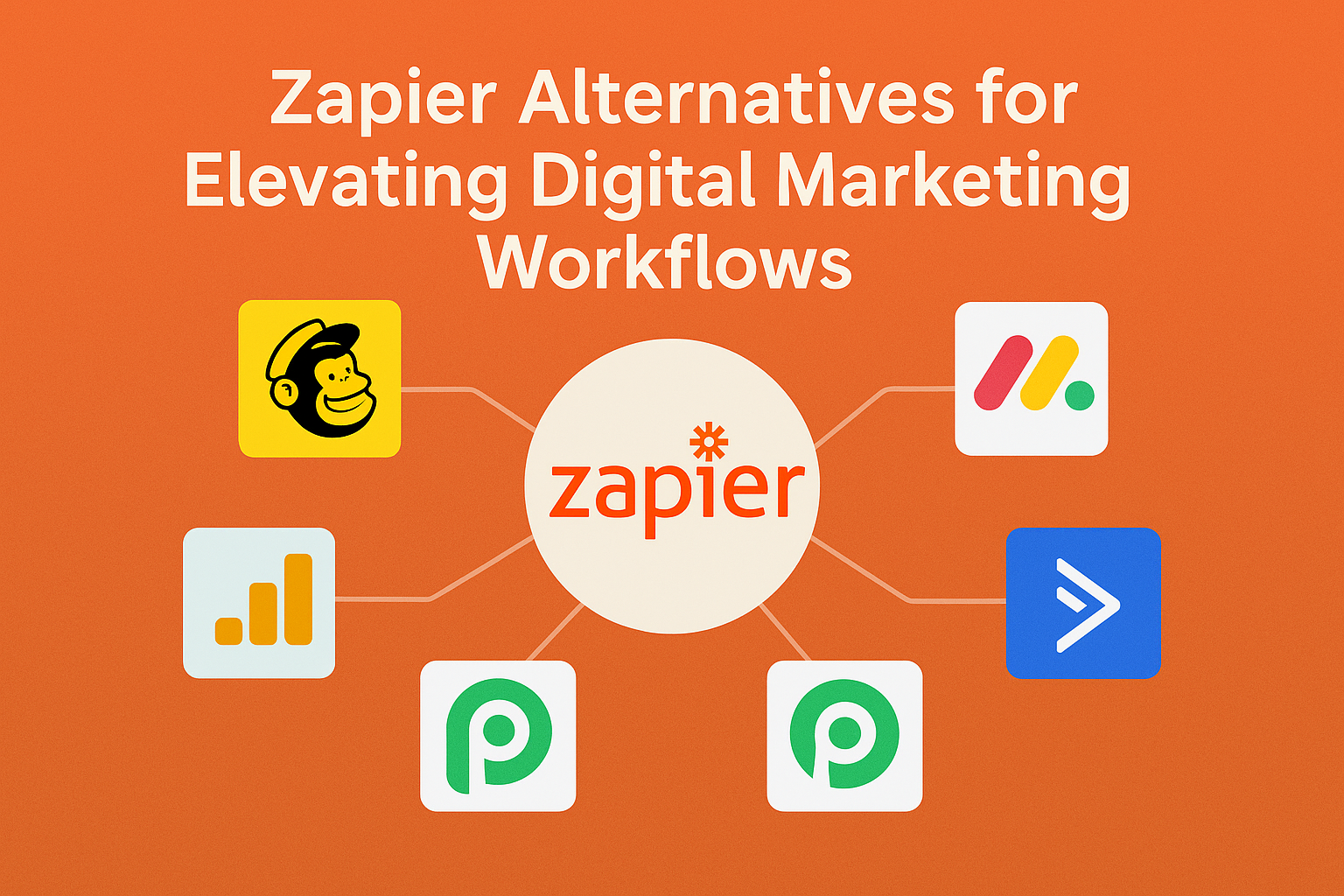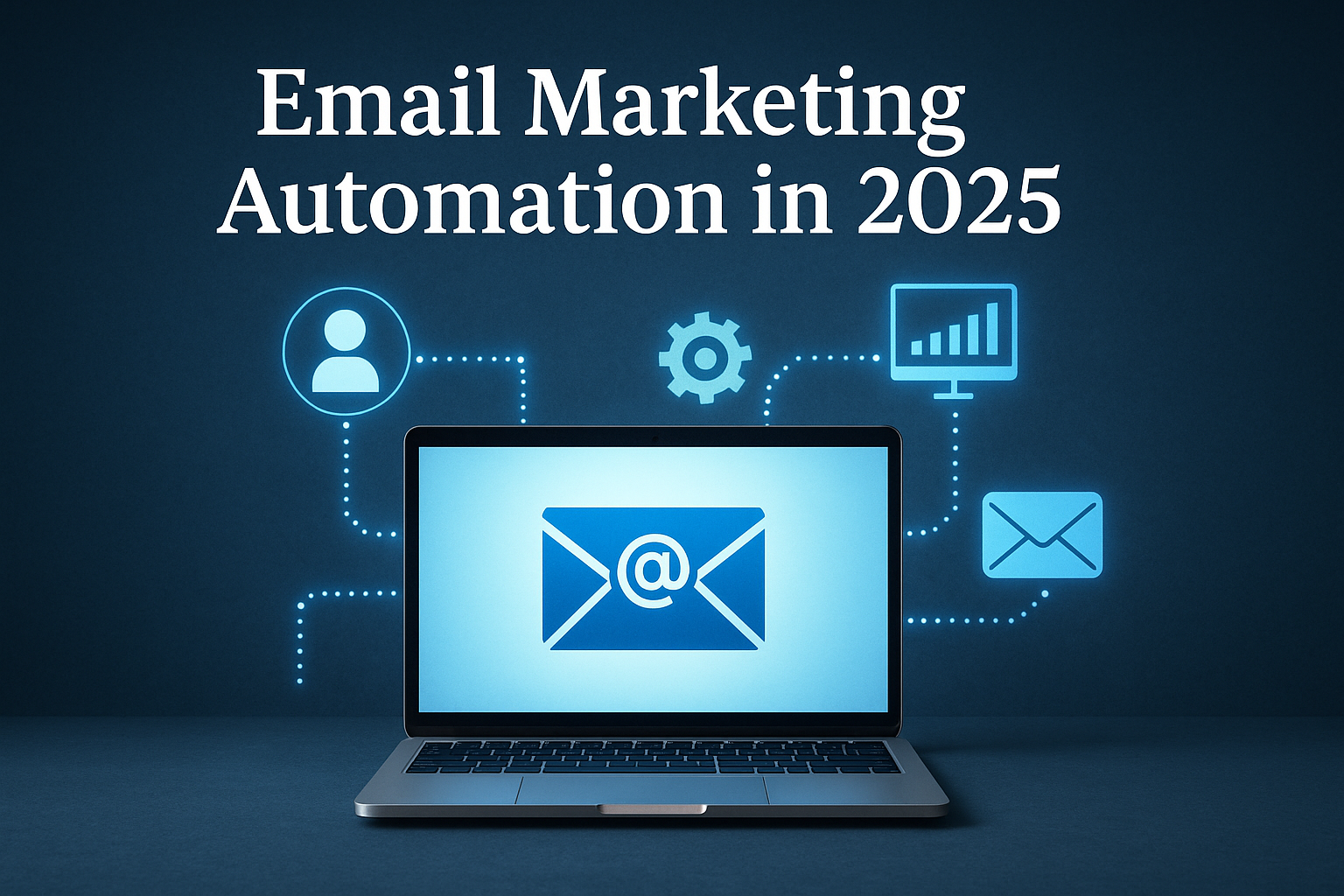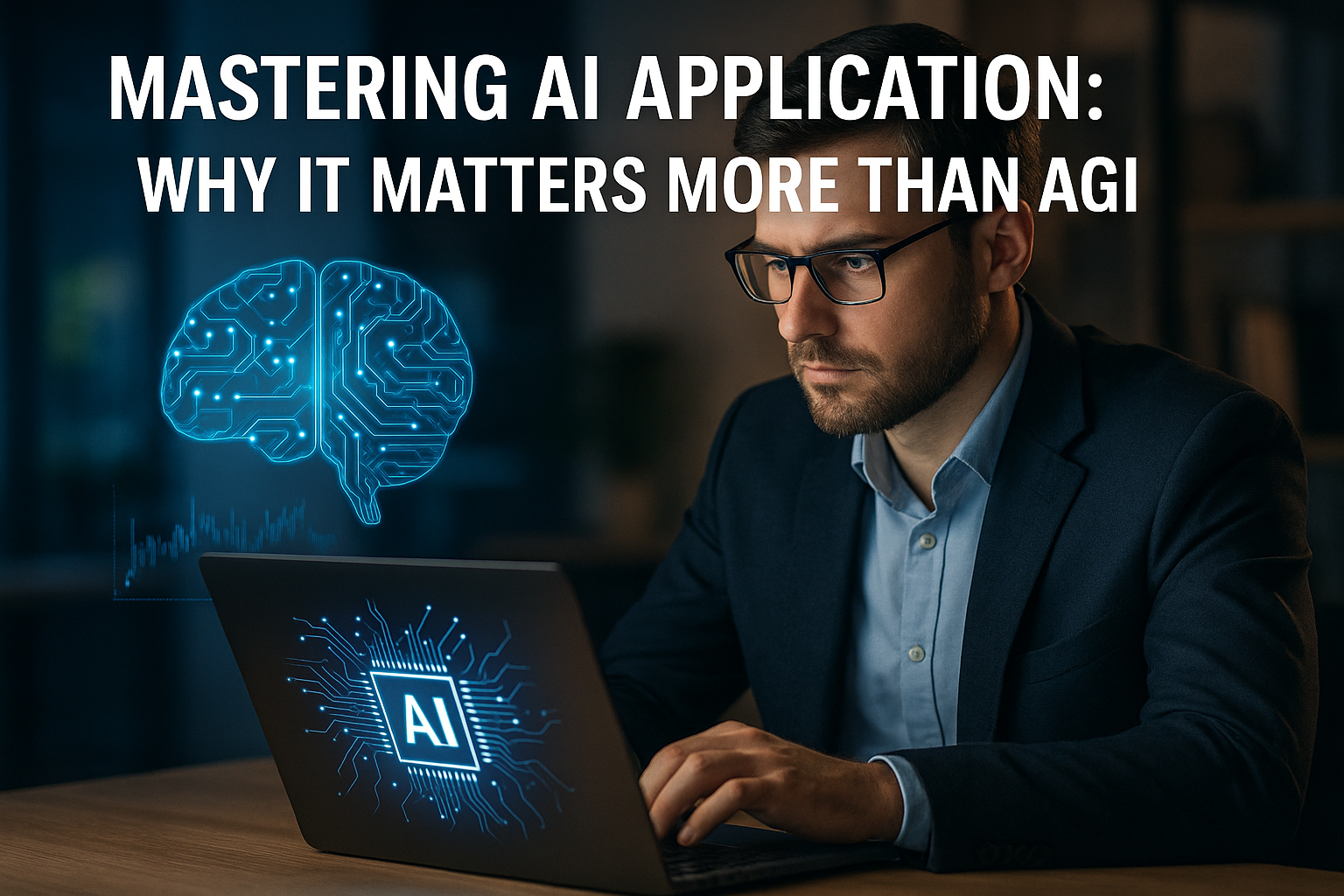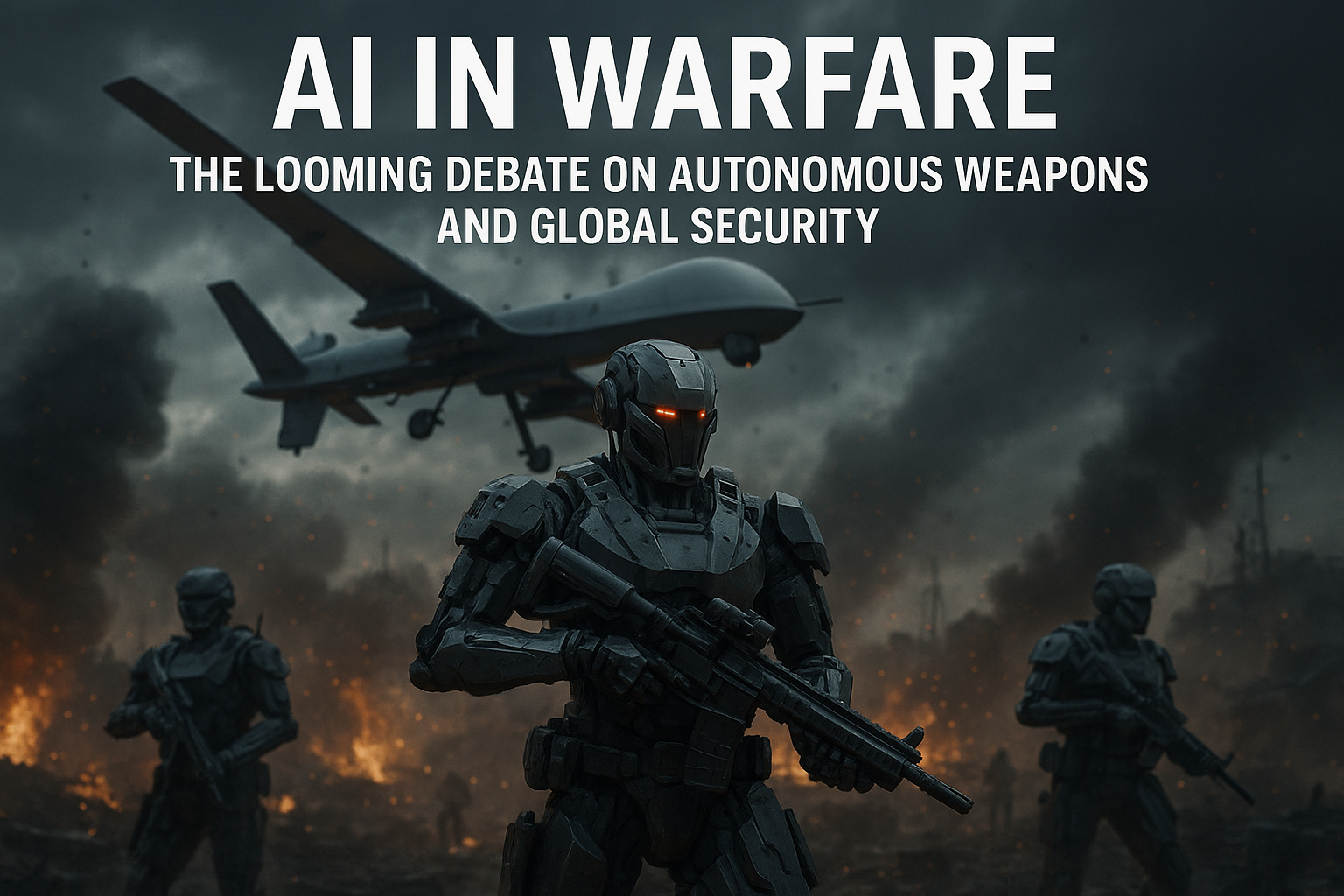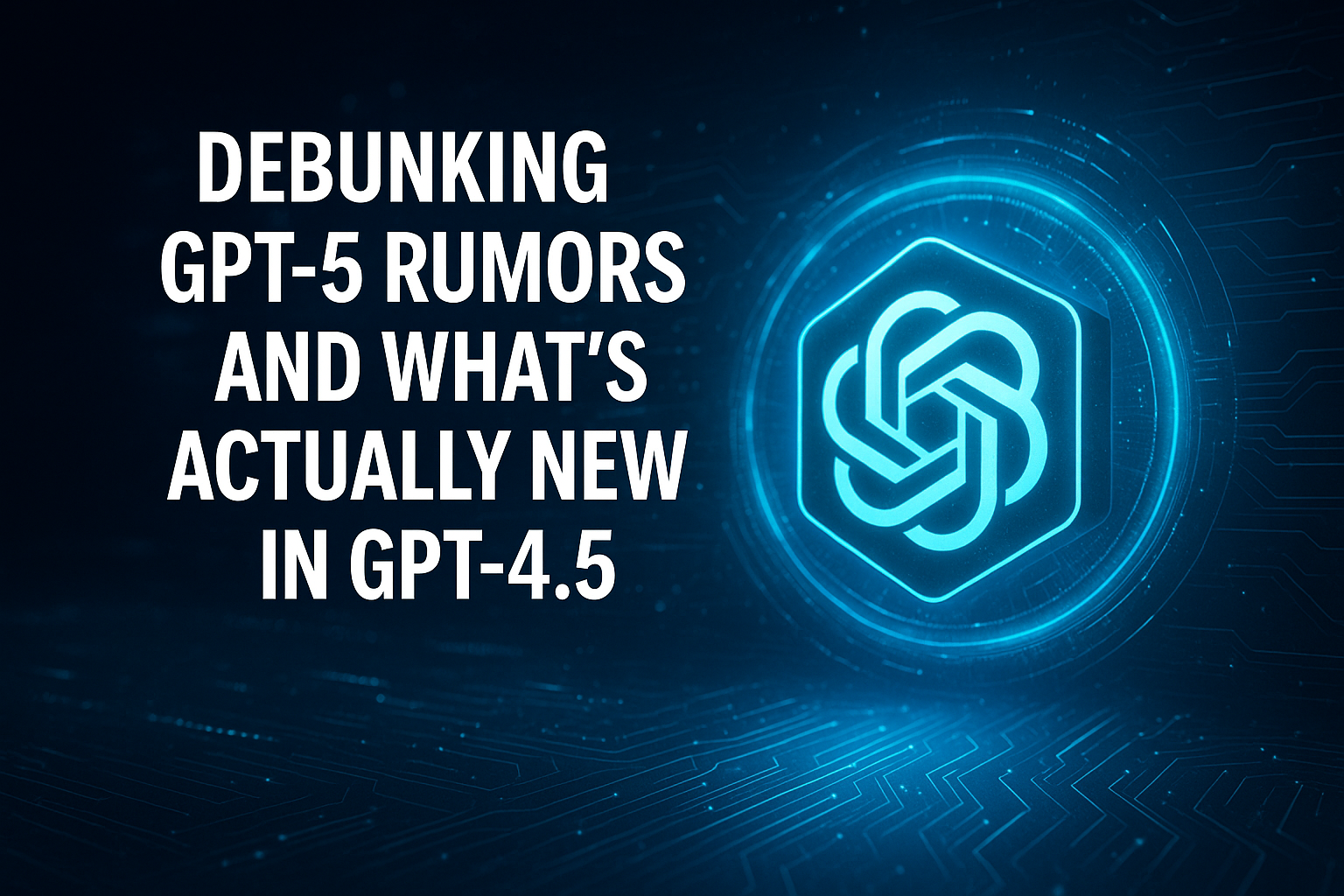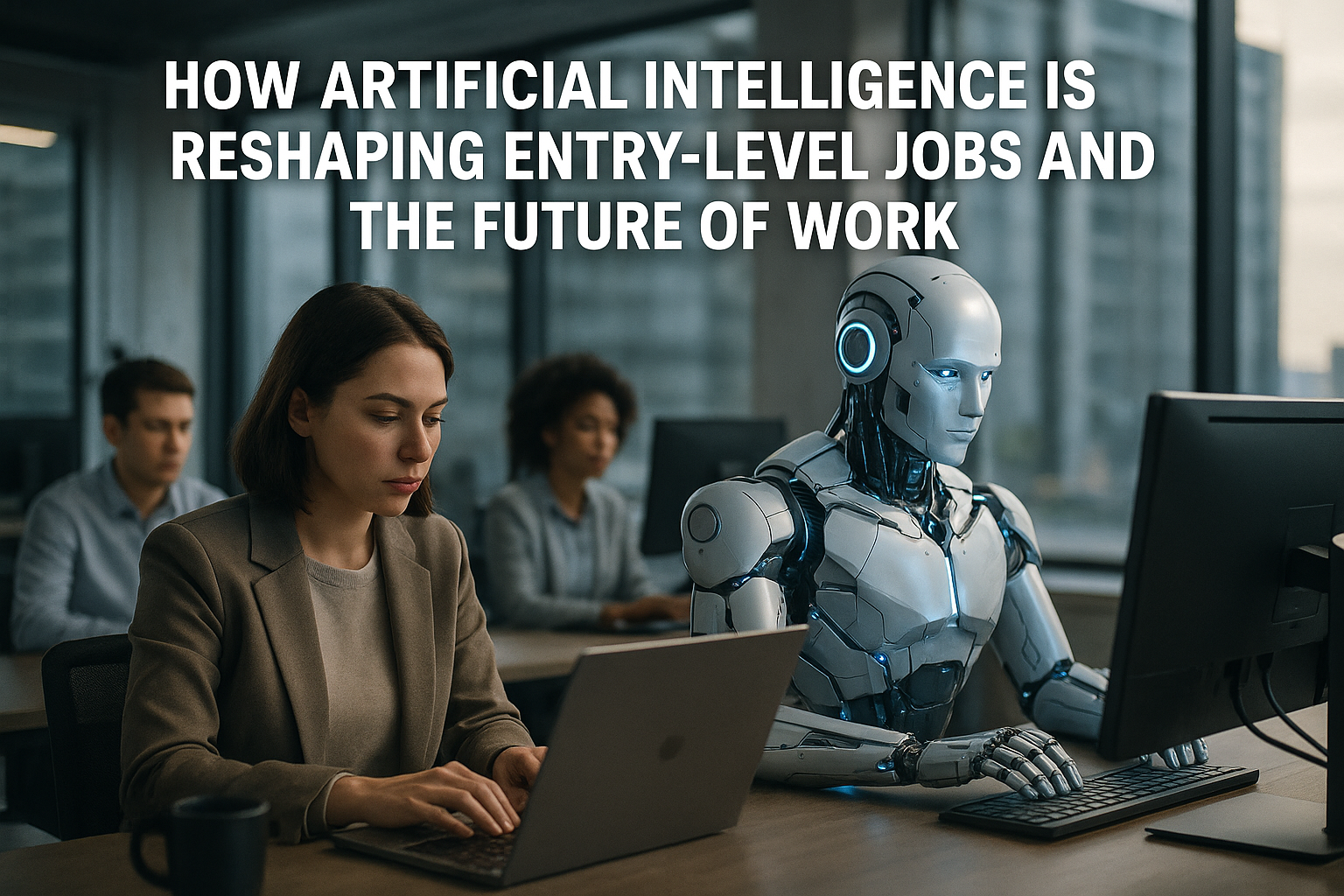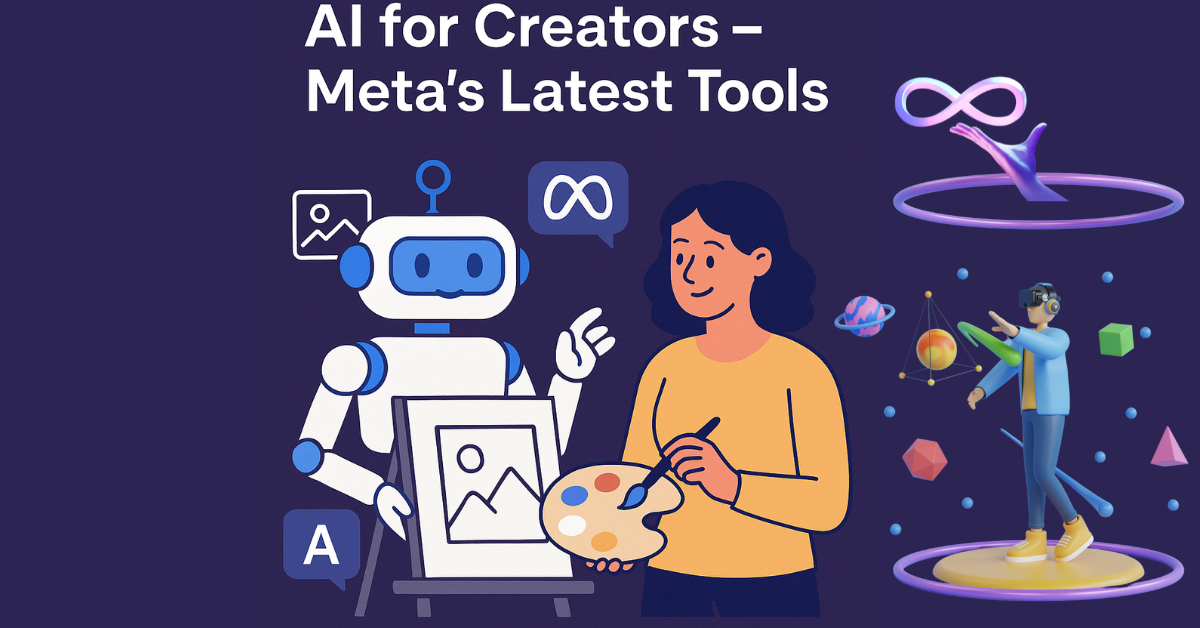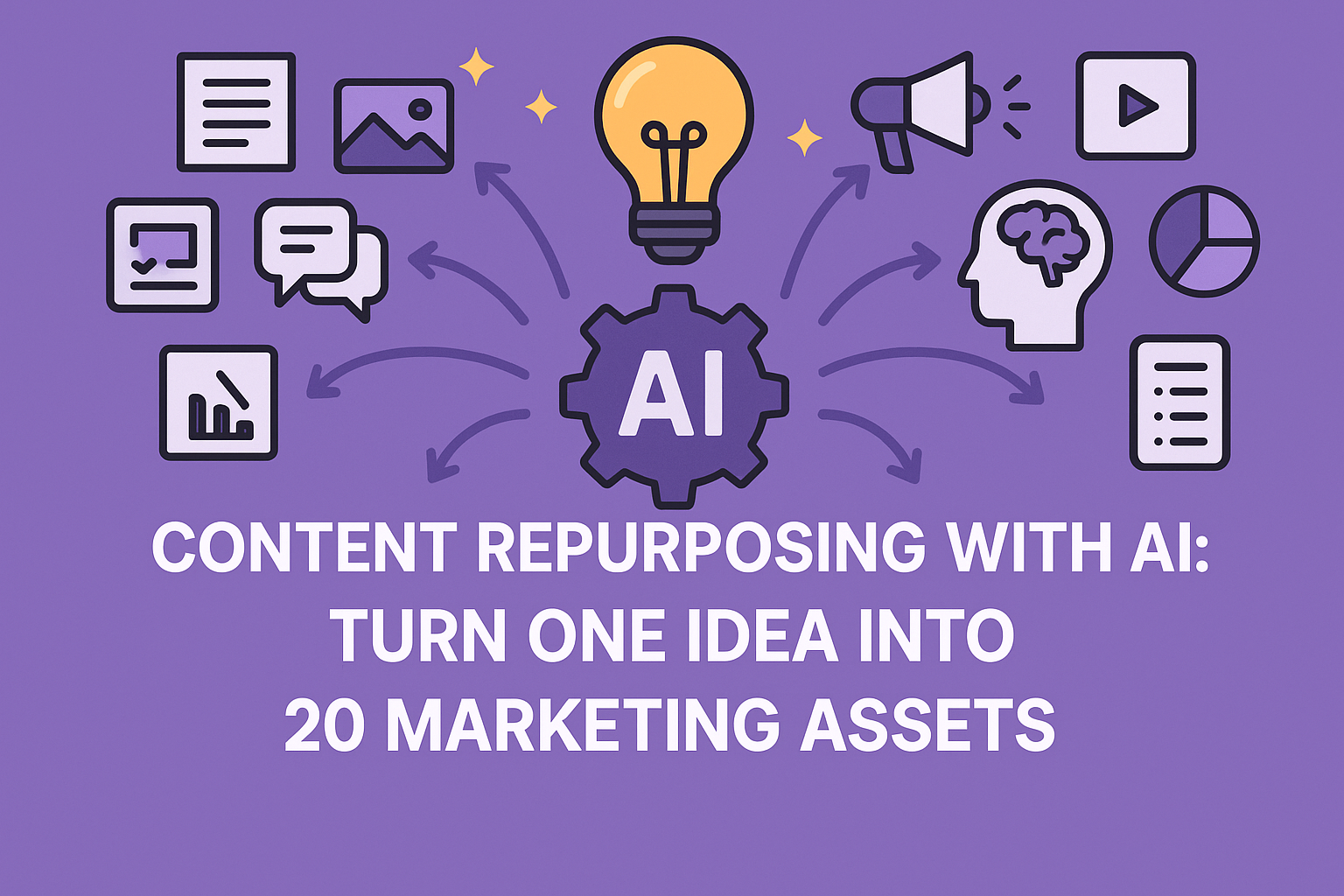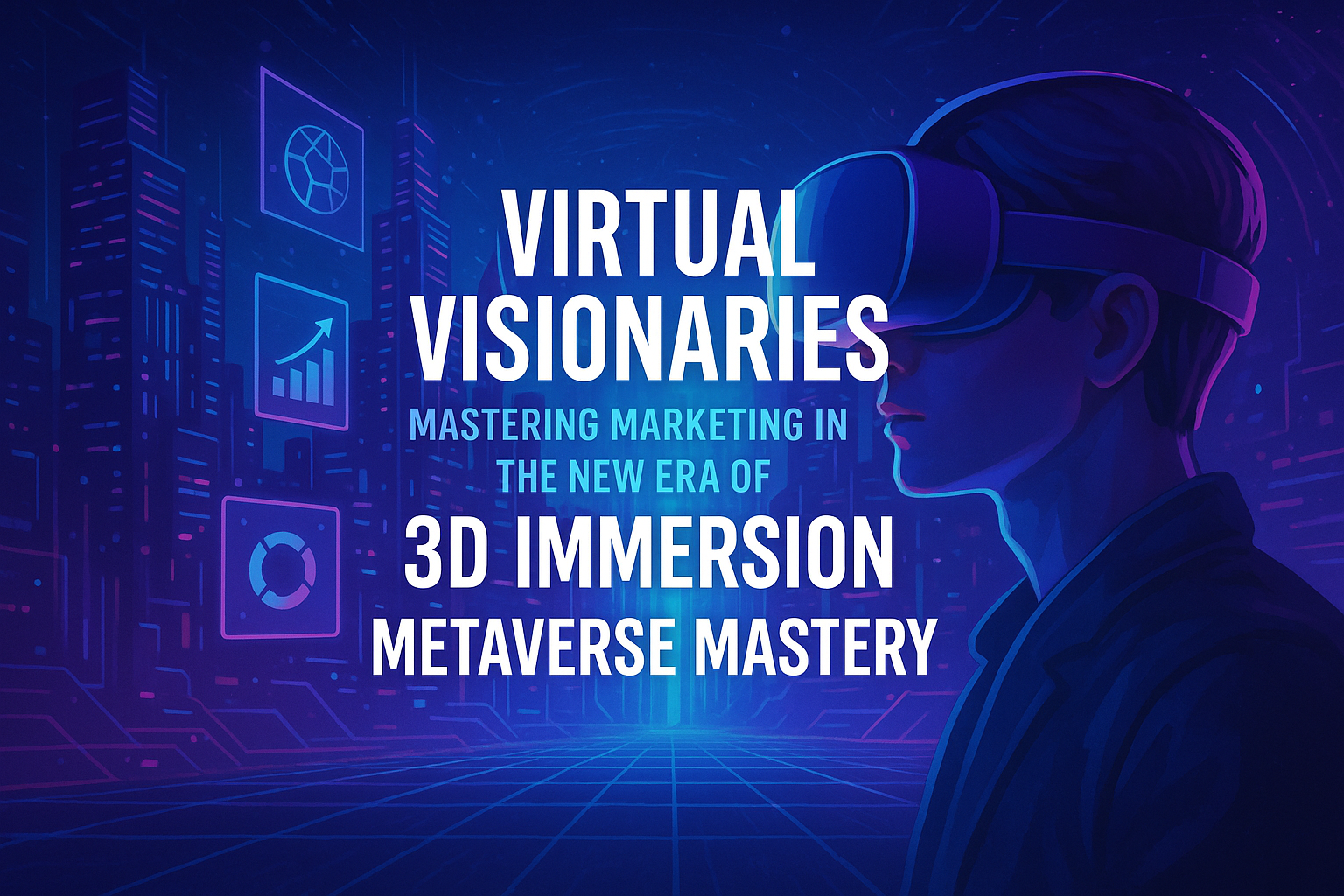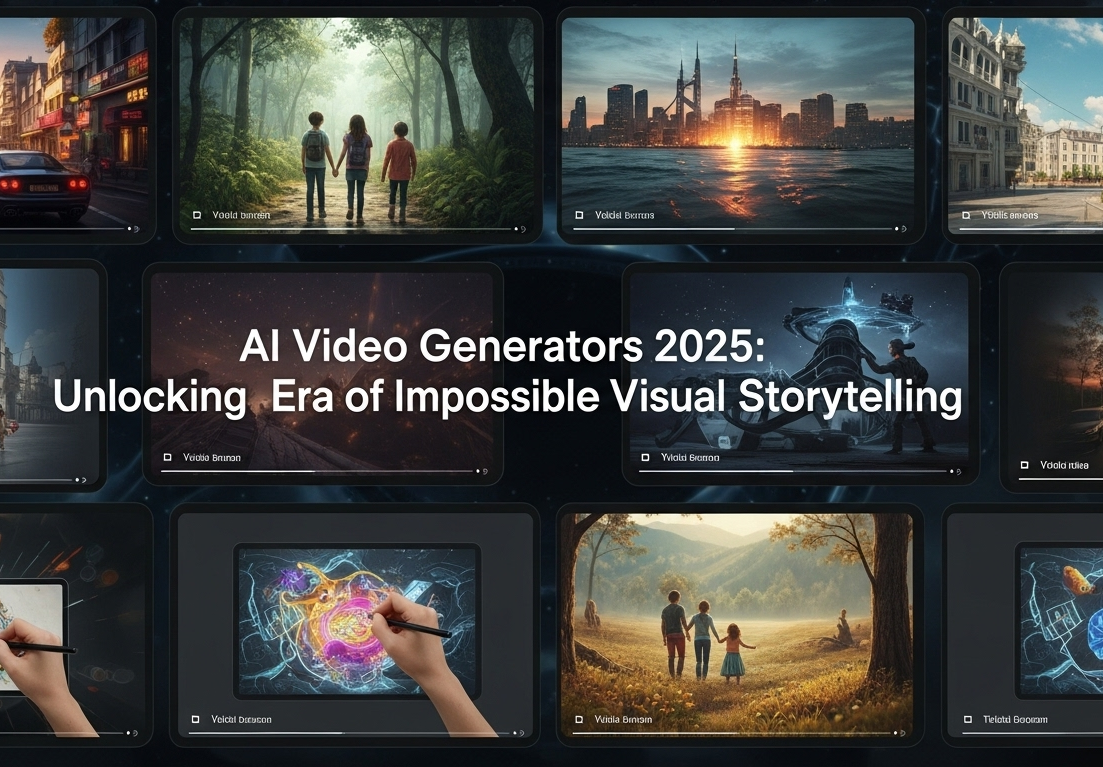The realm of Artificial Intelligence is experiencing a seismic shift, moving beyond mere task automation to a new frontier: Autonomous Agents and Digital Employees. These aren’t just advanced chatbots or clever algorithms; they represent a fundamental redesign of how work gets done, capable of independent decision-making, proactive problem-solving, and continuous learning. This burgeoning disruption promises to revolutionize industries, reshape job markets, and redefine our understanding of a “workforce.”
For years, AI has primarily served as a tool – assisting humans, automating repetitive processes, or providing insights. Now, with the advent of autonomous agents and the concept of digital employees, AI is evolving into a proactive entity that can, to a significant extent, manage its own workflows, interact with various systems, and even “reason” to achieve complex goals. This blog post will delve into what these new AI entities are, their distinctions, their profound potential, and the challenges they present for the future of work.
Autonomous Agents: The Digital Doers
At its core, an autonomous agent is an AI program designed to independently perform a series of complex tasks to achieve a specific goal, without constant human supervision. Think of them as digital “doers” that can perceive their environment (digital or physical), make decisions based on that perception, and then execute actions to pursue their objectives.
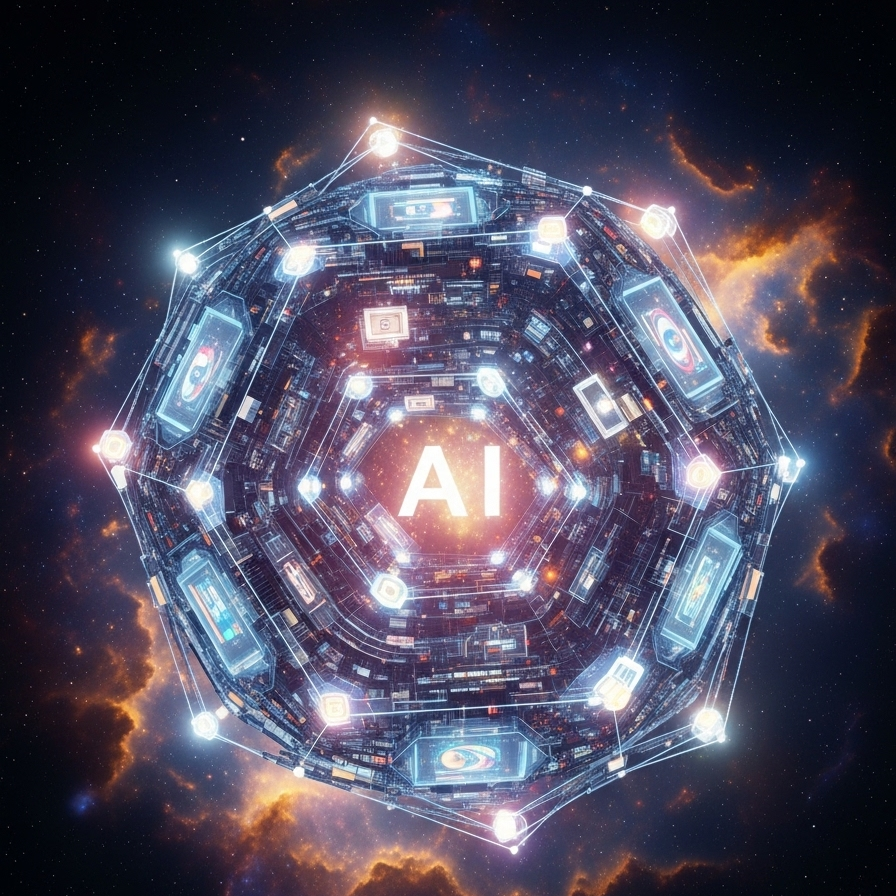
Key characteristics of autonomous agents:
- Autonomy: This is their defining feature. Unlike traditional software that follows rigid, pre-defined instructions, autonomous agents can make decisions on their own, adapting to new situations and responding to changes in their environment without needing constant human reprogramming.
- Perception: They can gather information from their surroundings. This could involve analyzing data feeds, interpreting customer interactions, or monitoring web pages for a software agent; or using cameras and sensors for a physical robot.
- Decision-Making: They utilize advanced algorithms and machine learning techniques to process information, evaluate multiple options, and choose the optimal course of action to achieve their goals. This often involves complex reasoning and planning.
- Goal-Oriented: They operate with a clear objective and continuously strive towards achieving it, even if the exact path isn’t explicitly laid out. They can break down complex goals into smaller, manageable tasks.
- Memory and Learning: Autonomous agents maintain an internal state or memory, allowing them to recall past actions, observations, and outcomes. This memory is crucial for learning, adapting their behavior over time, and making consistent decisions.
- Action Execution: Once a decision is made, the agent can take action within its environment, whether that’s sending an email, updating a database, or controlling a robotic arm.
Examples of autonomous agents range from sophisticated algorithms managing supply chains, to AI-driven cybersecurity systems actively defending networks, to smart contract systems on blockchain.
Digital Employees: The AI Workforce Augmentation
The concept of digital employees is closely related to autonomous agents but often carries a more human-like framing. A digital employee is an AI-powered virtual worker designed to perform human-like tasks within an organization, often trained to collaborate seamlessly with human teams. They are essentially specialized autonomous agents designed to fill specific roles within a business structure.
Think of a digital employee as an automated team member, trained to carry out a business process just like a human employee, only faster, with greater accuracy, and without fatigue. They go beyond simple robotic process automation (RPA) by leveraging advanced AI capabilities like Natural Language Processing (NLP), machine learning (ML), and sometimes computer vision.

Key aspects of digital employees:
- Role-Specific Automation: They are often deployed to handle specific functions or departments, such as a “Digital HR Assistant” for onboarding, a “Digital Customer Support Agent” for routine inquiries, or a “Digital Finance Clerk” for invoice reconciliation.
- Collaboration with Humans: Unlike AI agents that might operate purely in the background, digital employees are often designed to interact with human colleagues, understand instructions, provide updates, and escalate complex issues.
- 24/7 Availability and Scalability: They operate around the clock without fatigue, providing continuous support for business operations. They can also handle high volumes of tasks simultaneously, scaling effortlessly with business needs.
- Reduced Error and Increased Efficiency: By automating repetitive, rule-based tasks, they significantly reduce human errors and dramatically improve consistency and speed in task execution.
- Adaptability: While often operating within defined parameters, advanced digital employees can leverage machine learning to adapt to changing goals and even suggest innovative solutions based on their learned experiences.
In essence, while an autonomous agent is a type of AI that acts independently, a digital employee is often the application of such an agent in a specific, integrated business role, mimicking a human team member.
The Looming Disruption: Impact on the Workforce
The rise of autonomous agents and digital employees is not just another wave of automation; it’s a fundamental restructuring of the workforce. The impacts will be profound and multifaceted:
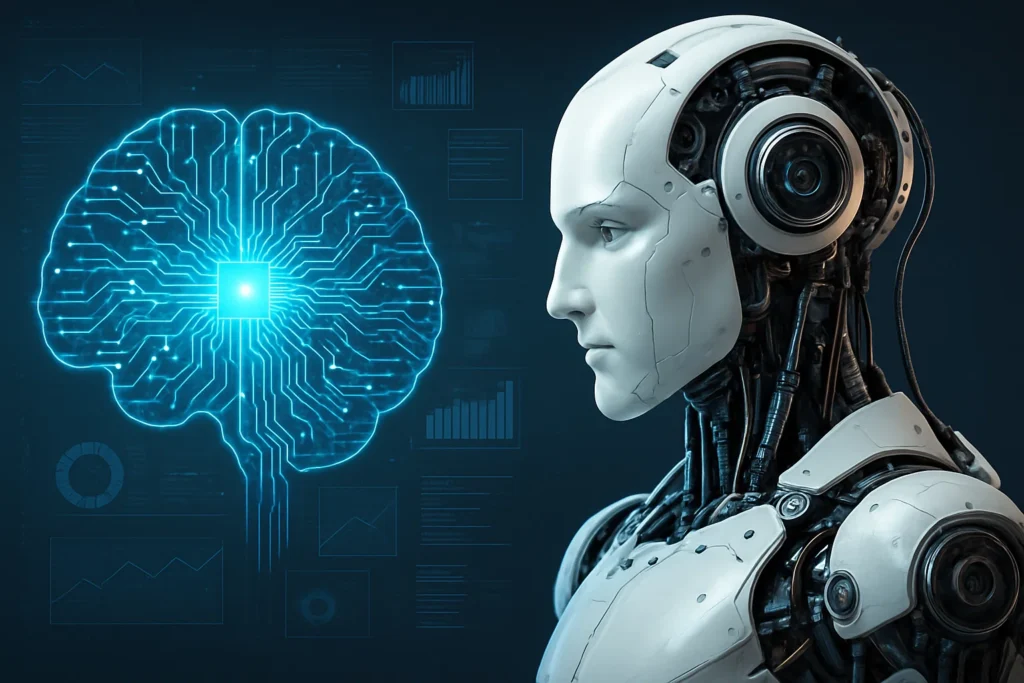
- Redefinition of “Work”: Many routine, repetitive, and even some cognitively demanding tasks that currently require human input will be handled by AI. This frees human workers to focus on tasks requiring unique human strengths: creativity, strategic thinking, complex problem-solving, emotional intelligence, critical judgment, and interpersonal skills.
- Job Transformation, Not Just Displacement: While some roles may be directly replaced (especially those heavily reliant on predictable, high-volume tasks), the more common scenario will be job transformation. Human roles will shift towards supervising, training, refining, and collaborating with these digital entities. New roles like “AI Trainer,” “Agent Orchestrator,” and “AI Ethics Officer” will emerge.
- Increased Productivity and Efficiency: Businesses deploying digital employees can expect substantial gains in operational efficiency and productivity. Tasks that once took hours can be completed in minutes, often with higher accuracy. This can lead to significant cost savings and faster time-to-market for products and services.
- Skills Gap Widening (and Shifting): The demand for traditional skills will decrease, while the demand for “new-collar” skills will skyrocket. This includes AI literacy, prompt engineering, data interpretation, critical thinking, adaptability, and complex communication. Educational institutions and training programs must rapidly adapt to prepare the future workforce.
- New Business Models and Service Offerings: The capabilities of autonomous agents will enable entirely new business models. Imagine highly personalized, proactive services in healthcare, finance, or logistics, driven by agents that anticipate needs rather than merely react to requests.
- 24/7 Global Operations: Digital employees operate without geographical or time zone constraints, enabling businesses to provide continuous service and operations around the clock, anywhere in the world. This democratizes access to certain types of expertise.
- Ethical and Societal Considerations: The widespread adoption of these advanced AI systems raises crucial ethical questions. Issues of algorithmic bias, data privacy, accountability for AI decisions, and the potential for a widening economic divide between those who control and those who are displaced by AI will require careful consideration and robust policy frameworks.
Challenges and the Path Forward
Implementing autonomous agents and digital employees is not without its hurdles:
- Complexity of Integration: Integrating these advanced AI systems seamlessly into existing IT infrastructures and workflows can be complex, requiring significant technical expertise and careful planning.
- Trust and Acceptance: Building trust in autonomous systems, both among employees who must collaborate with them and customers who interact with them, is crucial. Concerns about job security and the “human touch” are valid and need to be addressed.
- Data Quality and Bias: The performance of these AI systems is heavily reliant on the quality and impartiality of the data they are trained on. Biased data can lead to unfair or discriminatory outcomes.
- Security Vulnerabilities: As these agents become more interconnected and integral to operations, they present new targets for cyberattacks, making robust cybersecurity measures paramount.
- Regulatory Frameworks: Governments and international bodies are scrambling to develop appropriate regulations for AI, especially concerning accountability, safety, and ethical use. This legislative landscape is still very much in its infancy.
The future of work, driven by autonomous agents and digital employees, is less about humans versus machines and more about humans with machines. The emphasis will shift from performing routine tasks to supervising, enhancing, and collaborating with these sophisticated digital colleagues. Organizations that strategically embrace this disruption, investing not only in the technology but also in reskilling their human workforce, fostering a culture of innovation, and establishing strong ethical guidelines, will be best positioned to thrive in the next era of AI-driven productivity.
The “next big AI disruption” is not just on the horizon; it’s already beginning to unfold, promising a future where digital intelligence becomes an integral, proactive part of our daily work lives. The challenge, and the opportunity, lies in harnessing this immense power responsibly and effectively for the benefit of all.
If you found this information helpful, don’t forget to subscribe to Zealimpact.com. We’ll keep bringing you more AI related Blogs like this one. Your support is our strength.
If you found this information useful, don’t forget to share it with your friends and family.

